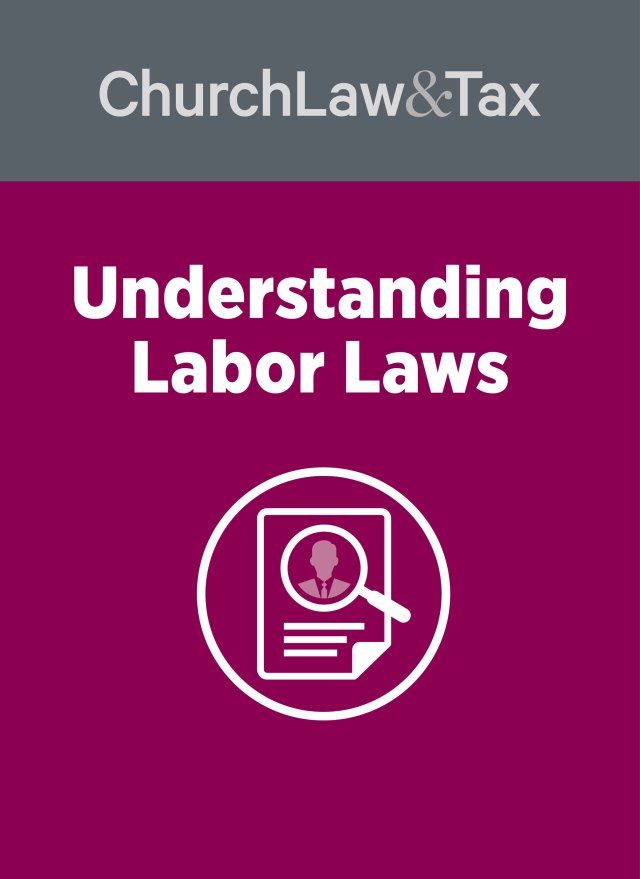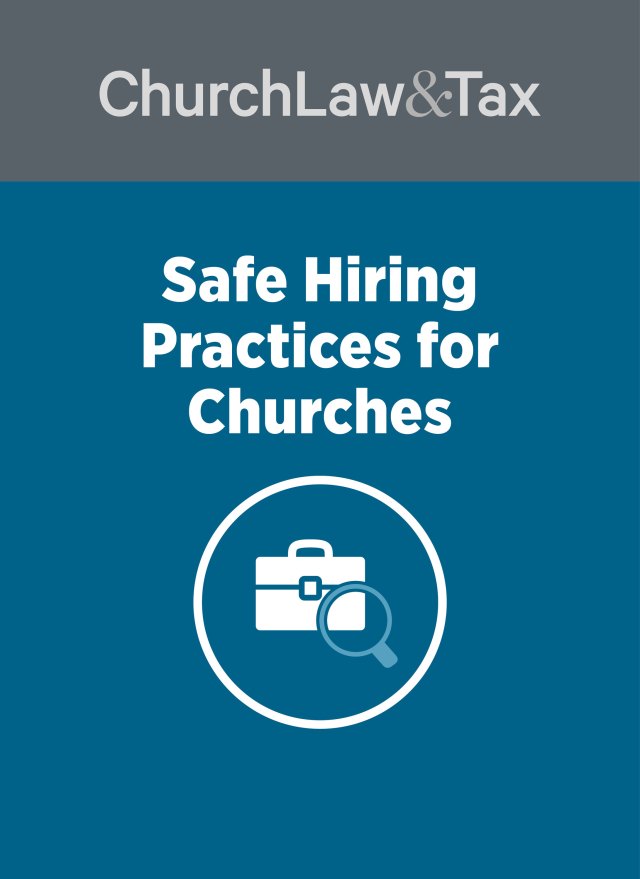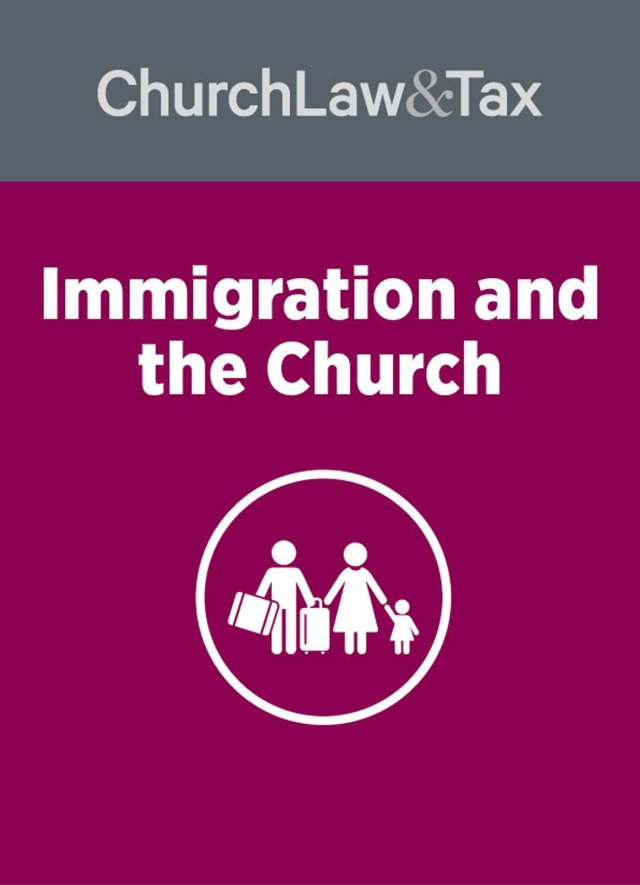A Summary of the Court’s Decision
FactorFacts suggesting presence of single employerFacts suggesting absence of single employerCourt’s conclusion
| #1 – interrelation of operations | •pastor signed the school’s budget • a room in the church occasionally used for school purposes • school children eat in a room that is also used by the preschool • court referred to another court ruling finding sufficient interrelation where subsidiary organization received at least 90% of its business from the parent corporation and shared office suite, resources, fax and phone numbers, and printing services | • school has a separate budget • daily operations of the 3 entities (church, school, and preschool) are independent • hours of operation of the 3 entities are significantly different (preschool is open earlier and later than the school, and the church alone is open on Saturdays and Sundays) • each of the 3 entities is operated by a different staff • each of the 3 entities has its own principal or administrator • each entity has different employment contracts and practices • the school is located in a different building from the church and preschool • while the schoolchildren eat lunch in a room that is also used by the preschool, they do not use the room at the same time | this factor did not suggest that the church, school, and preschool were a single employer |
| #2 – common management | • the court cautioned that common management will exist when one organization runs another organization “in a direct, hands—on fashion, establishing the operating practices and management practices” | • no common directors or officers • separate management structures for the church, the day care center, and the school • the 3 entities do not continuously monitor one another | this factor did not suggest that the church, school, and preschool were a single employer |
| #3 – centralized control of labor operations | • the pastor interviews all applicants for employment positions at the school | • actual, not potential, control of day—to—day labor practices is required • the 3 entities have separate employees, directors, and employment practices • the principal and assistant principal screen resumes and conduct interviews, and the pastor does not become involved until the end of the process, after the principal and assistant principal have selected 2 or 3 finalists, at which point he gives his input • the 3 entities have different administrators and distinct labor pools • court referred to another court ruling that rejected single employer status where different managers “controlled the daily operations and employment practices” of the entities | this factor did not suggest that the church, school, and preschool were a single employer |
| #4 – common ownership or financial control | • common ownership of the church, school, and preschool properties • pastor signs the school’s budget • court referred to another court decision finding sufficient relationship where one corporation handled the other’s accounts receivable, provided it with administrative backup, handled its payroll and cash accounting, monitored all sales shipments, and kept its bank accounts near the headquarters even though the corporation was in another state | • church is part of an archdiocese which owns the property and the buildings • the archdiocese has ultimate control over the school’s budget • common ownership alone is not enough to establish that separate employers are an integrated enterprise • the 3 entities have separate budgets • court referred to another court decision holding that this fourth test addresses the legitimacy of the entities; if neither of the entities is a “sham” then the test is not met | this factor did not suggest that the church, school, and preschool were a single employer |
Application Of Selected Federal Employment Laws To Churches And Other Religious Organizations
StatuteMain ProvisionsCovered Employers
| Title VII of 1964 Civil Rights Act | bars discrimination in employment decisions on the basis of race, color, national origin, sex, or religion | 15 or more employees + interstate commerce religious employers can discriminate on the basis of religion |
| Age Discrimination in Employment Act | bars discrimination in employment decisions on the basis of age (if 40 or over) | 20 or more employees + interstate commerce |
| Americans with Disabilities Act | bars discrimination against a qualified individual with a disability who can perform essential job functions with or without reasonable employer accommodation (that does not impose undue hardship) | 15 or more employees + interstate commerce religious employers can discriminate on the basis of religion |
| Employee Polygraph Protection Act | employers cannot require, request, suggest, or cause any employee or applicant to take a polygraph exam | interstate commerce (no minimum number of employees) |
| Immigration Reform and Control Act | I—9 form must be completed by all new employees demonstrating identity eligibility | all employers |
| Fair Labor Standards Act | requires minimum wage and overtime pay to be paid to employees | employers who employ employees who are engaged in commerce or in the production of goods for commerce, as well as any employee “employed in an enterprise engaged in commerce or in the production of goods for commerce” |
| Family and Medical Leave Act of 1993 | eligible employees qualify for up to 12 weeks unpaid leave per year because of (1) birth or adoption of child, including care for such child, or (2) caring for spouse, child, or parent with a serious health condition, or (3) the employee’s serious health condition | 50 or more employees + interstate commerce |
| Occupational Safety and Health Act | mandates a safe and healthy workplace for covered employees | an organization “engaged in a business affecting commerce who has employees” |
| Older Workers Benefit Protection Act of 1991 | bars employees at least 40 years old from “waiving” their rights under age discrimination law unless the waiver meets strict legal standards | 20 or more employees + interstate commerce |
© Copyright 1998 by Church Law & Tax Report. All rights reserved. This publication is designed to provide accurate and authoritative information in regard to the subject matter covered. It is provided with the understanding that the publisher is not engaged in rendering legal, accounting, or other professional service. If legal advice or other expert assistance is required, the services of a competent professional person should be sought. Church Law & Tax Report, PO Box 1098, Matthews, NC 28106. Reference Code: m43 c0298




